As movements like #blacklivesmatter continue to grow exponentially, racism and selective exclusion have become intensely debated topics today. But how do generations after generations come to have the same discriminatory disposition? Be it against black people or women, these stereotypes are still reckoned to be true by many. No human is born with the cognizance of these toxic differences and ideas, but they do exist and that too from a very preliminary stage. Children from a very young age have these ideas developing in their minds, stemming from many sources, and the society they live in is the fountainhead of such ideas. And as strange as it may seem but one of the other biggest sources of the development of such postulations in young minds is from the toys they play with and movies and cartoons that they spend hours on. Parents might not even apprehend that, but the minds of children being the most imprint-able at that premature stage unconsciously catch these ideas instantaneously.
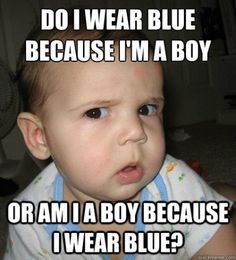
Many pieces of research have also proven the same. For example, Mary Ellen Goodman (American Anthropologist), after making extensive observations of 100 black and white children, ages three to five, reported not only that racial awareness was present in them, but that 25 percent of the children in her sample were expressing strongly entrenched race-related values by the age of four. And the answer for the ‘How?’ that might arise here should be quite conspicuous after the illustrations that follow.
1. Many brands have specifically different toys for girls and boys. As we can see, feminine for the girls and masculine for the boys.

2. Even gender-neutral toys like building blocks come in different packings for girls and boys according to colours. Pink for girls and blue for boys. Odd, no?
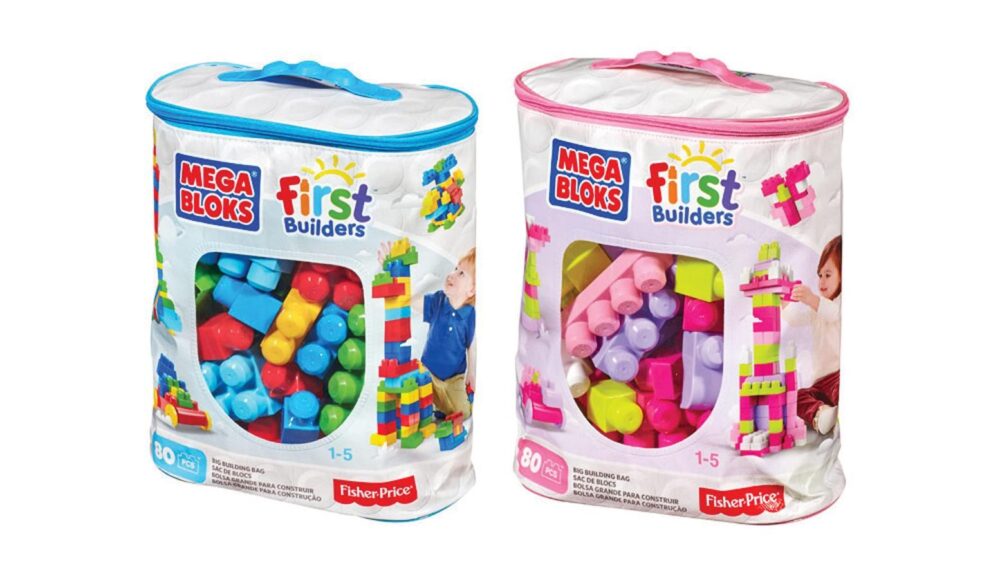
3. Several stores worldwide have separate sections for girls’ and boys’ toys.
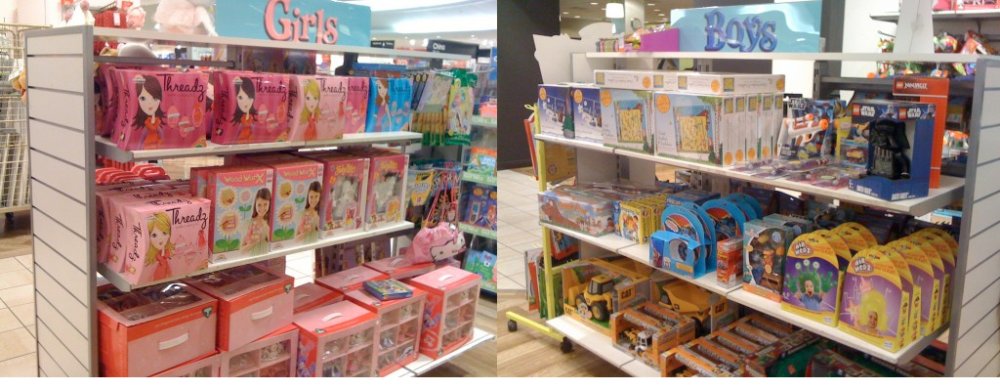
Young children learn these differences and prejudices and even parents may many a time unintentionally introduce their children to these virulent perceptions in daily life and they catch these ideas forthright which only enhances and become more prominent over the years.

Girls were supposed to play with feminine toys, mostly related to household chores and the like; whereas boys had more aggressive toys like guns, cars, etc. These toys worked to prefix the ‘duties’ of both the genders in the minds of developing children. Barbie dolls were always fair in colour strengthening the sick stereotyped image of beauty. Boys were always supposed to play with masculine toys even if they didn’t wish to do so.
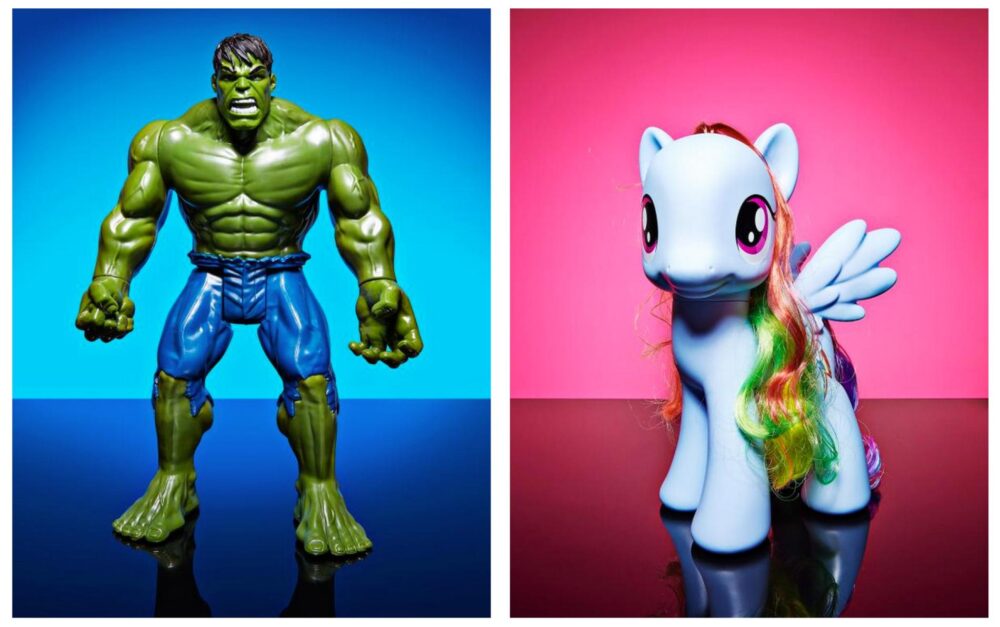
But as people now are paying more attention to these entities, big brands and companies are trying to promote inclusiveness in toys, cartoons, etc. They are now working to make them more gender and race-neutral. Barbie dolls which were earlier always fair with long blonde hair and ‘perfect’ body are now more diverse. They are now shown dark-skinned as well which would have been a rare sight earlier. These dolls having prosthetic limbs, no hair, and vitiligo introduce normalisation of physical differences in young minds. Now female characters in movies and cartoons are not always damsels in distress wherein the hero comes to save her. Female characters are shown as strong individuals and male characters are not necessarily the rescue force. Recently, Disney’s ‘The Owl House’ made history by introducing the first-ever bisexual protagonist. Cartoons now have black princes, and big companies like Marvel as well are introducing transgender heroes and the like.
Let’s have a look at some illustrations to see how-
1)Big companies are now accepting and giving inclusive options for children to understand and respect diversity.
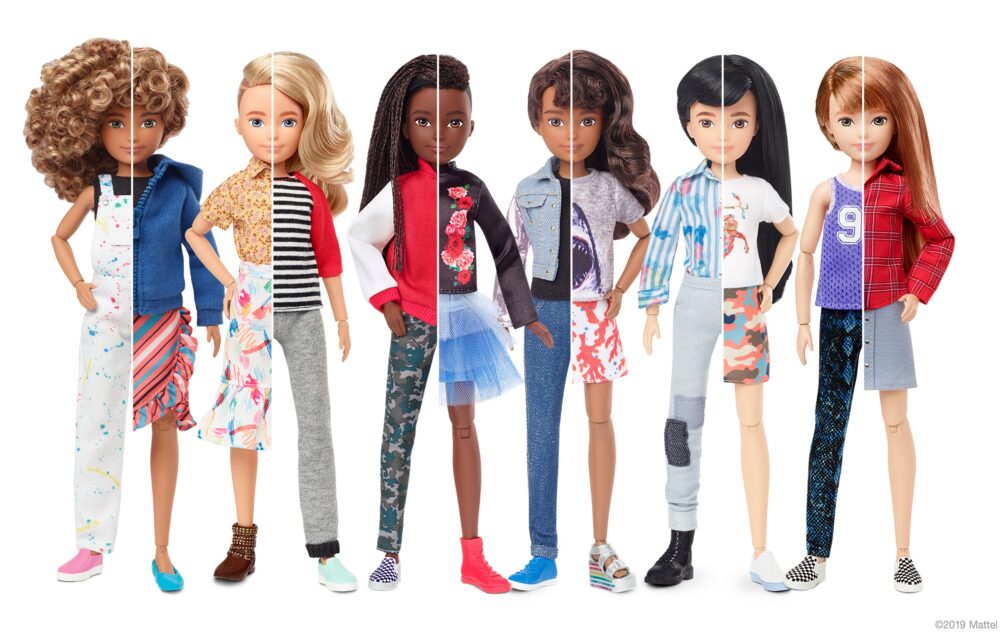
2)Body positive and more racially inclusive dolls like these spread the message of inclusion in young minds.

3)Strong female characters in movies clearly in opposition to the damsel in distress image of earlier princesses in movies scream change in society and thinking.
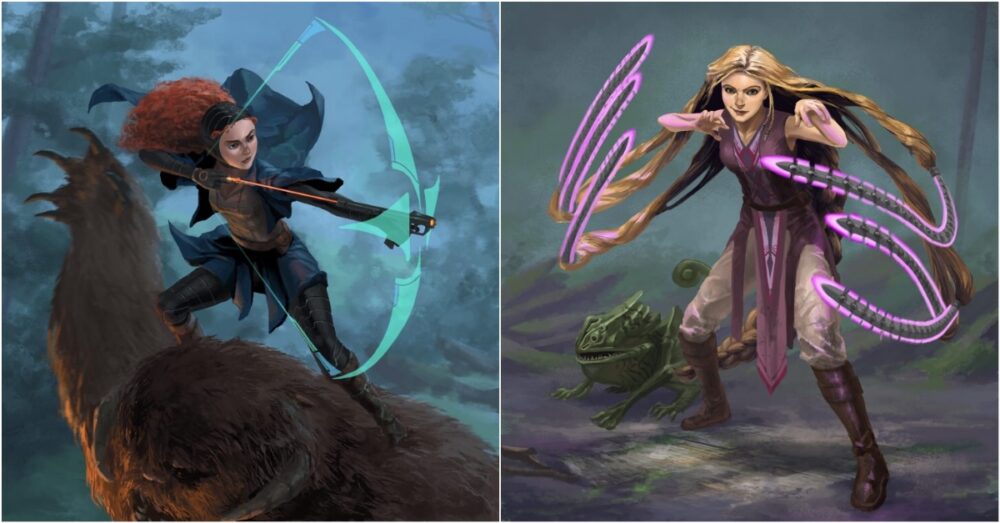
4)Comics and various movies have strong central female characters breaking age-old stereotypical gender norms.

So, don’t we all just wish that we had these toys to play with and movies to watch when we were growing up? Major brands like Disney, Marvel, and Barbie are endorsing and moving towards a more inclusive world for young children to grow up in. It might seem a very small step towards inclusion but it sure is extremely significant and will prove so in the future.
[zombify_post]









